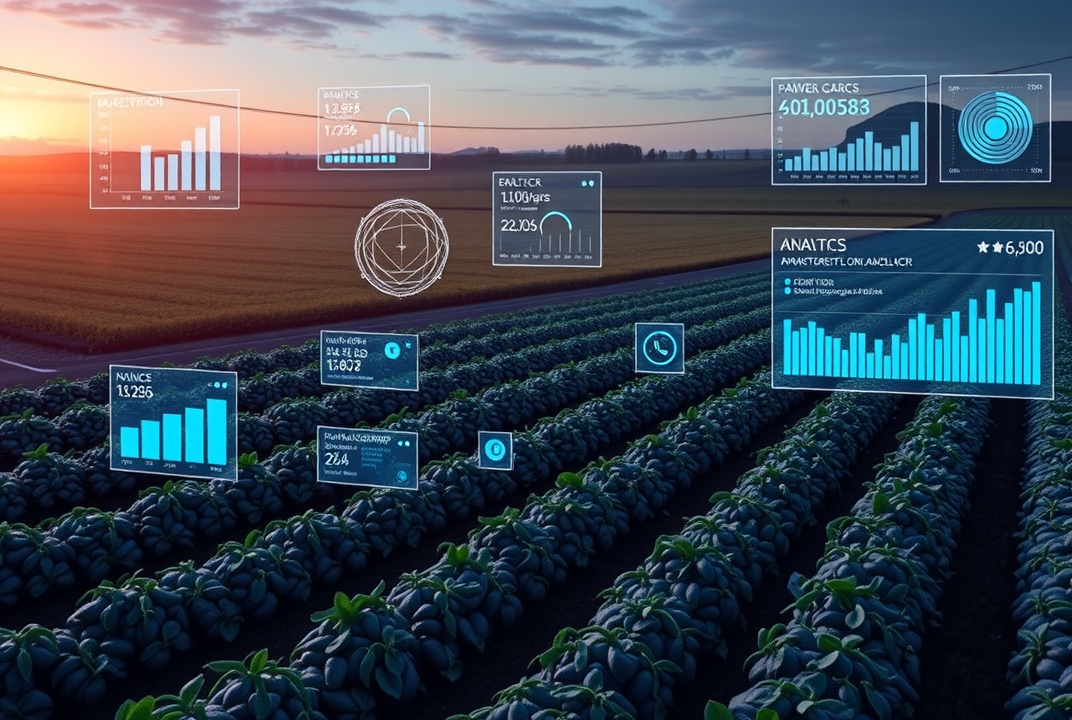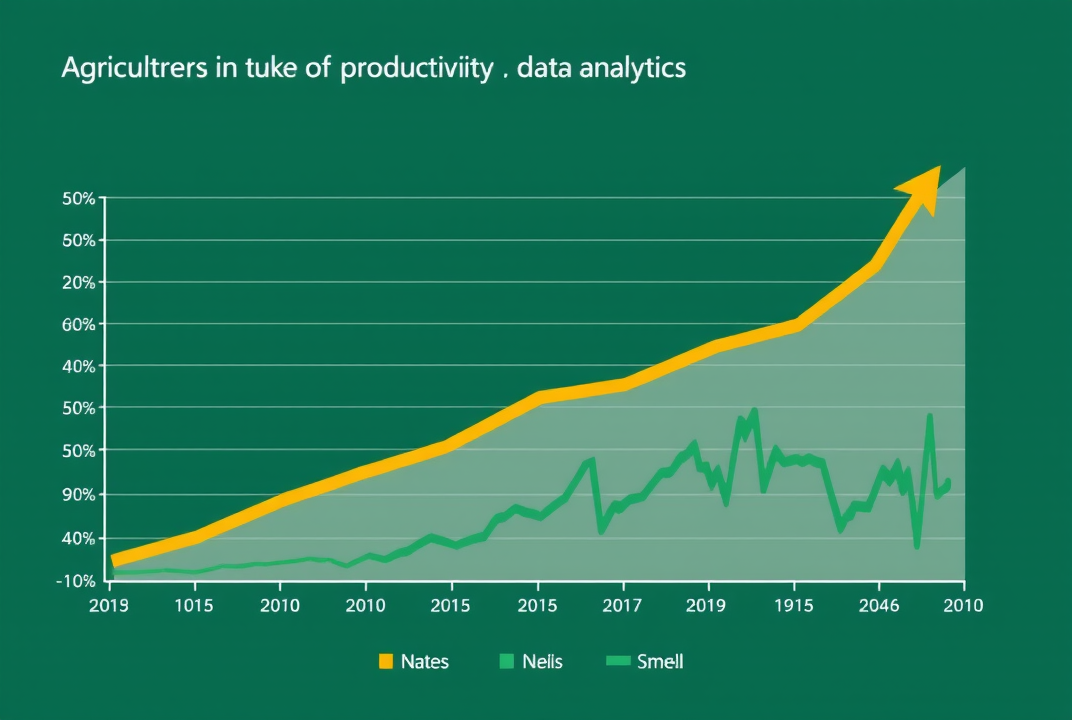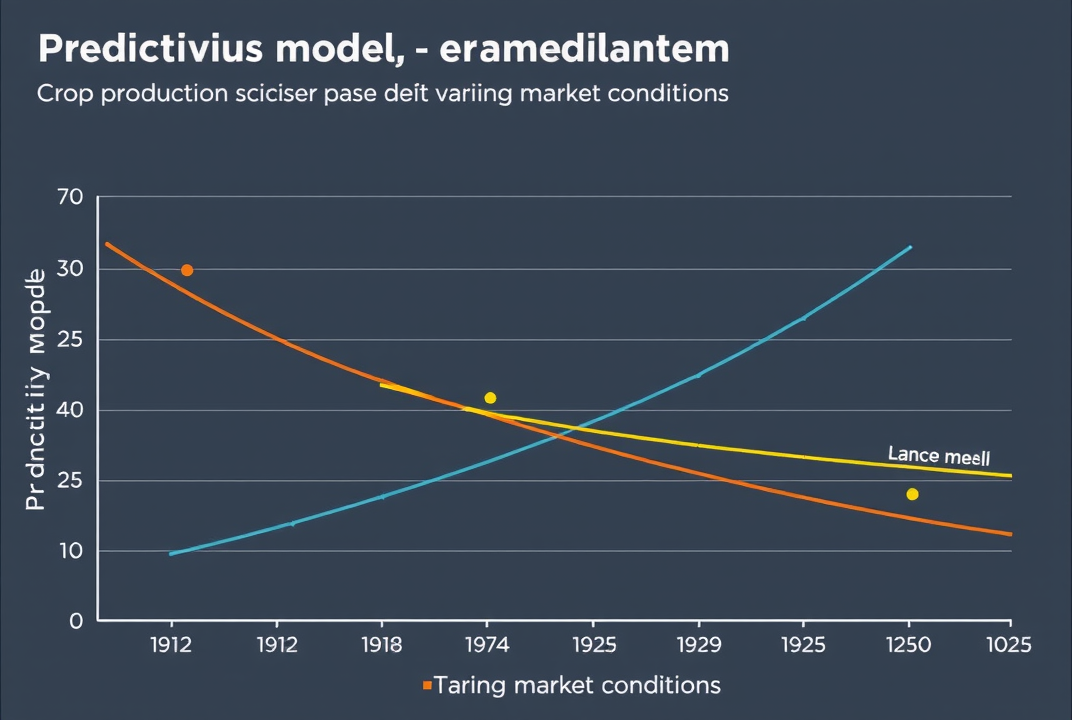Harnessing Data Analytics to Predict Agricultural Market Trends

Introduction: Seeing Farming Through Numbers
Did you know that data analytics can transform how we understand and approach agriculture? Predictive insights from data are revolutionizing farming strategies globally. As the agriculture industry leans more on data science, understanding how patterns inform market trends becomes critical. In this article, we'll explore how harnessing data analytics empowers farmers to predict agricultural market trends, enhancing strategic decisions and profit margins.
The Intersection of Agriculture and Data: A Modern Approach
Agriculture has traditionally relied on intuition and historical knowledge. However, the rise of technology introduces a new era where data-driven decisions reshape how farming is done. The shift from traditional practices to data-enhanced methods has significant advantages. Farmers can anticipate market demands, optimize resource usage, and improve crop yields based on data analytics.
Data Analytics Explained: Data analytics involves examining raw data to draw meaningful conclusions. In agriculture, this means analyzing weather patterns, soil conditions, crop health, and market behavior to make informed decisions.
Agriculture is more than planting and harvesting; it's about understanding the nuances that influence market trends. By leveraging data analytics, farmers can predict which crops will be in demand and when, allowing them to plan accordingly.

Steps to Implement Data Analytics in Agriculture
-
Identifying Key Data Sources:
-
Weather Data: Real-time and historical weather forecasts.
-
Soil Data: Nutrient levels, moisture content, and composition.
-
Market Data: Current market prices and trends.
-
-
Choosing the Right Tools and Software:
-
Data Collection Tools: Drones and IoT devices for real-time data gathering.
-
Software: Platforms like Tableau or Power BI for data visualization.
-
-
Data Analysis and Interpretation:
-
Trend Analysis: Identifying patterns in data to forecast future trends.
-
Predictive Modeling: Using algorithms to predict future outcomes based on current data.
-
-
Execution of Data-Driven Strategies: Building strategies involves interpreting data to align with farming goals. For example, using predictive data to decide on planting times or choosing crop varieties suited to anticipated weather conditions ensures optimal yield.
Predictive Analysis in Agricultural Markets
Predictive analytics harnesses historical data and statistical algorithms to predict future market trends. This plays a crucial role in agriculture by enhancing decision-making processes.
Benefits:
-
Cost Efficiency: Reducing waste by aligning production with market demand.
-
Risk Management: Identifying risks related to weather or market fluctuations early.
-
Optimal Harvesting: Determining the best harvesting time to maximize yield and market value.
Here’s how predictive analytics is applied:
-
Scenario Modeling: Farmers can simulate various scenarios to prepare for potential market changes.
-
Risk Assessment: Analyzing data to assess financial and environmental risks helps in planning for contingencies.

Case Study: Success Story of Data-Driven Farming
In Iowa, a corn farm leveraged data analytics to predict trends in corn demand, resulting in a 15% increase in profits over a single growing season. By examining historic market trends and real-time data inputs, the farm optimized planting schedules, adjusted fertilizer usage, and timed their sales to capitalize on peak market prices. This case not only emphasizes the profitability but also highlights the reduced environmental impact by minimizing fertilizer overuse.
What We Can Learn:
-
Proper use of data analytics enhances understanding of market dynamics.
-
Data-driven decisions lead to increased profitability and sustainability.
Overcoming Challenges in Adopting Data Analytics
Implementing data analytics in agriculture isn't without hurdles. Farmers face challenges such as data complexity and technology costs, but these can be managed effectively:
-
Education and Training: Introducing training programs to familiarize farmers with data tools.
-
Investing in Scalable Technology: Starting with modest investments then scaling as comfort with technology grows.
-
Collaborative Efforts: Partnering with technology firms to ease the transition.
Conclusion: Taking Steps Towards a Data-Driven Future
Data analytics is not just a luxury; it's a necessity in today's agricultural market. By integrating data analytics into farming practices, farmers unlock new possibilities for market prediction and resource management. The transition may involve an initial learning curve, but the benefits of informed, data-driven decisions far outweigh the challenges.
Farmers who invest in data analytics today are positioning themselves for success in an increasingly competitive market. Embrace the data; the future of farming awaits with opportunities for innovation and growth.